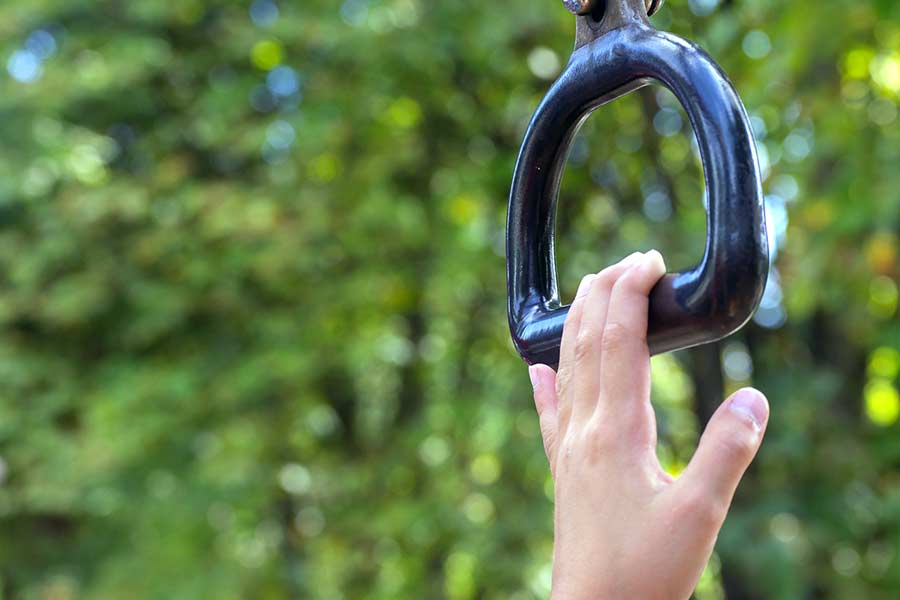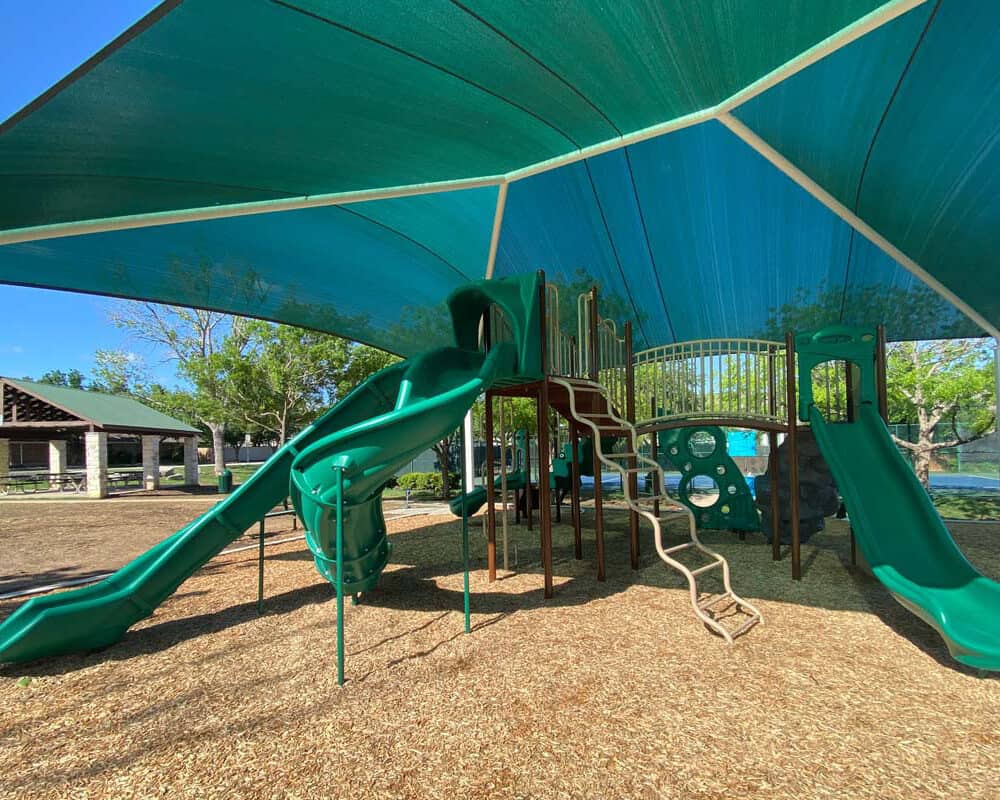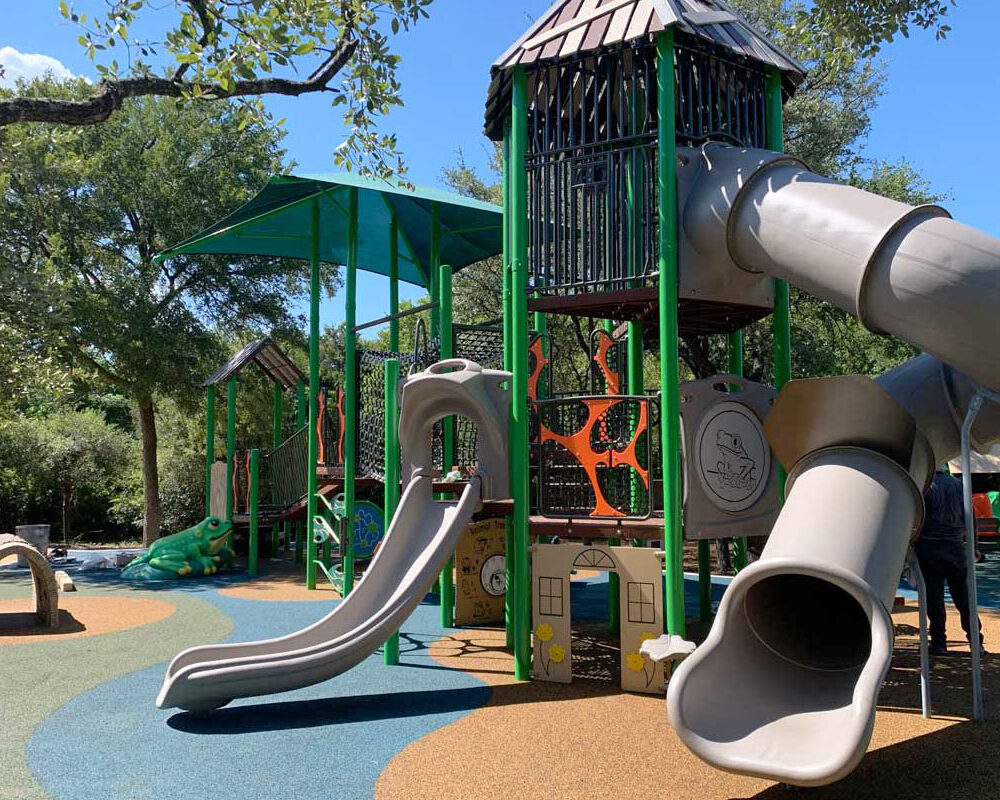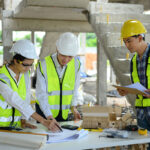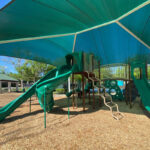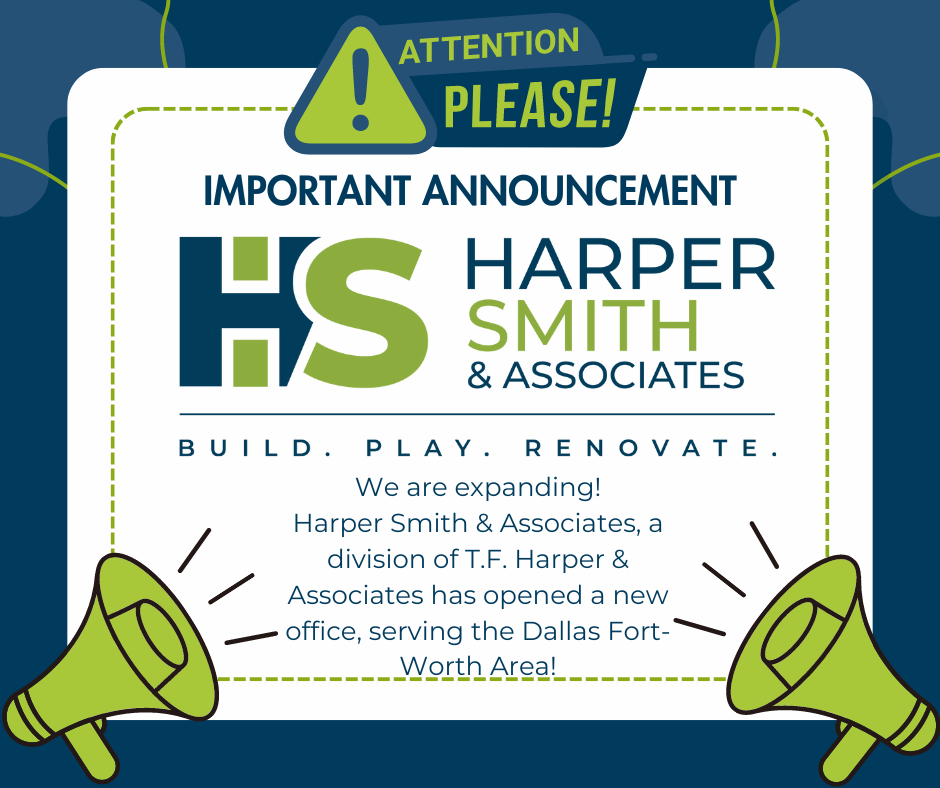No matter their age, children must get regular exercise and remain active physically. Being outside in the fresh air with regularity supports proper mental and physical health. Recently, it has become necessary to implement measures to ensure that child care programs (family settings, private and public) and schools put into place measures to prevent infections due to the COVID-19 pandemic. The following measures are recommended out of an abundance of caution with an eye toward protecting both staff and children during scheduled recess, in-school physical activities as well as use of school playgrounds.
In an effort to promote health, these steps should be observed at the time playgrounds are re-opened:
- Children should engage in physical activity for at least 60 minutes a day
- Teach children to wash their hands both before and after they have played outdoors in the playground
- Educate children as to proper hand washing by way of demonstration
- Discuss how to remain healthy with children and emphasize they should avoid touching their nose, eyes, and mouth and that they should also be covering their cough
- Provide activities and games to children that are appropriate for their ages so they may become educated on how to take care of their bodies
Playgrounds
As with other activities that take place outdoors, going to a public playground is allowed as long as attendees observe proper social distancing protocols. Adults, guardians and families must take extra precautions and make certain that children wash their hands after they touch any play structure. Further, they must maintain at least 6 feet of social distance from other children as often as possible.
Because school playgrounds are located exclusively on district property, districts and child care guardians are advised to maintain playground areas so as to reduce or at least limit exposure.
Considerations for Playground Use
Child care programs and schools must assess whether or not playgrounds have enough space to support the anticipated number of children who will be in their facility at any one time. Furthermore, they must ascertain whether or not there are enough resources, such as appropriate hand washing (both before and after) areas and that structures that will be highly touched are properly and regularly cleaned.
Offering play outdoors in shifts that are staggered is recommended. If there are multiple groups outside simultaneously, the minimum of 6 feet between play areas must be enforced whenever possible. In the alternative, children may visit and play in these areas in shifts to avoid over-congregating. Washing hands immediately after playing outdoors is mandatory and must always be respected and observed.
Keeping groups together from day to day is also a practice that should be undertaken. This will greatly reduce the potential for exposure and can possibly avoid an entire program being shut down in the event an exposure does actually occur.
Cleaning Playground and Equipment
Observing guidance that has been disseminated from the United States Centers for Disease Control & Prevention is a great first step at the time any playground re-opens. The CDC has stated that playgrounds in parks and schools most often require routine, normal cleaning, but not disinfection. Therefore, cleaning efforts should be focused on what are known as “high touch” surface areas such as plastic and/or metals where hands make direct contact. Examples are railings and grab bars that are situated between children when they are in groups.
It is impractical to disinfect an entire playground given its size and, furthermore, the same has not even been proven to reduce the risk of spreading COVID19. It is not recommended that wood surfaces such as tables, benches or other play structures be disinfected for this reason. Ground covers such as mulch and sand are also not advised.
It is also advisable to establish a daily routine to clean equipment in the playground such as jump rope, rubber balls, etc. It is equally advisable to schedule a system whereby children are educated on how to properly care for such equipment both at the time they begin and end play.
Labeling containers both for unused (and therefore clean) playground equipment and equipment that requires cleaning is also proscribed. Color coding or simply labeling these containers is recommended so that children of any age can assist in this routine activity.
Active Recess
Regular engagement with children in active recess is another way that opportunities can be created for physical activity outdoors that does not rely upon sharing equipment. Children should be taught games that limit physical contact such as red light/green light, relay races and obstacle courses. Other potential options are dance competitions and track and field events.
Re-imagining the playground with a fresh set of eyes can bring about welcome change and advancements for our children. If we embrace these changes they can—and will—bring with them unexpected benefits that will only be realized by active implementation.

